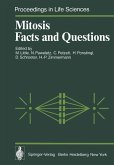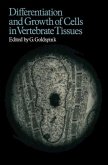This book describes half a century of progress in two mainstream areas of biological research: membrane transport, initially a focus of physiologists, and oxidative phosphorylation, initially a focus of biochemists. Robinson shows how the development of new explanatory models had unexpectedly merged these inquiries into a new field, bioenergetics. In the late 1930s, explanations for the asymmetric distribution of ions between cells and their environments invoked absolute impermeabilities of the cell's surrounding membranes. But new experiments contradicted that idea and demonstrated that forming the transmembrane distributions required metabolic energy, implying the participation of active transport "pumps." Subsequent studies identified, isolated, and characterized these pumps as enzymes coupling ionic transport to the consumption of adenosine triphosphate (ATP), an "energy-rich" molecule serving as a cellular energy store. In the late 1930s oxidative phosphylation, the process of coupling ATP synthesis to oxidative metabolism, was identified. The explanatory model emerging in the next decades, however, did not follow the enzymatic precedents of known metabolic phosphorylations but rather embodied the principle that metabolic oxidations drive active transport pumps to create transmembrane distribution of ions, with these ionic asymmetries then driving ATP synthesis. It was discovered that ATP consumption can form ionic asymmetries; ionic asymmetries can drive ATP formation; and ionic asymmetries-like ATP-can also power other cellular functions.
Dieser Download kann aus rechtlichen Gründen nur mit Rechnungsadresse in A, B, BG, CY, CZ, D, DK, EW, E, FIN, F, GR, HR, H, IRL, I, LT, L, LR, M, NL, PL, P, R, S, SLO, SK ausgeliefert werden.









